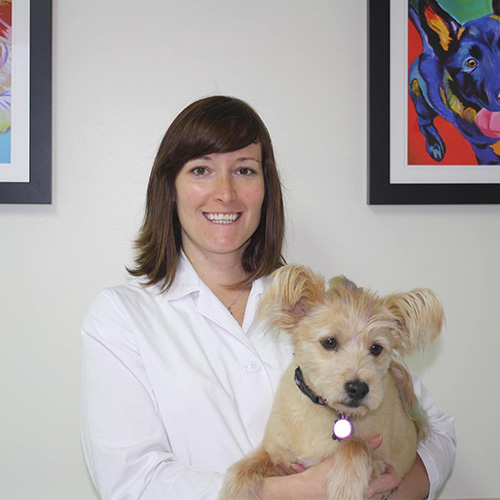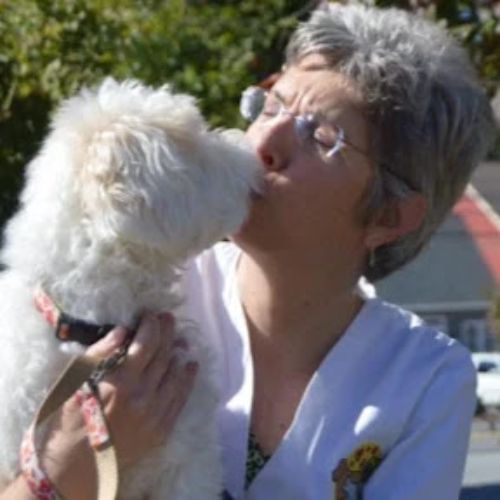Plaistow-Kingston Animal Medical Center
Serving Kingston, NH and the surrounding area since 1976.

VETERINARY SERVICES
We are a full-service medical and surgical hospital that provides complete preventative health care!

ONLINE PHARMACY

PET WELLNESS VISITS
Welcome to Plaistow-Kingston Animal Medical Center
Plaistow-Kingston Animal Medical Center has been providing high-quality, advanced veterinary medical and surgical care to the surrounding communities since 1976.
Our clients and their pets are the heart of our practice and the reason we are here, and at all times will be treated with dignity, compassion, and respect.
We know YOUR PETS
Compassionate SERVICES
State-of-the-art EQUIPMENT
Fully prepared PRESCRIPTIONS
Veterinary Services
Plaistow-Kingston Animal Medical Center is proud to offer a wide range of services! View our options below.
General Services
Surgery
Diagnostic Services
Meet our team of professionals.
Get to know our team of amazing doctors and staff that will be providing quality service for your pets.

Plaistow-Kingston Animal Medical Center Wins 2022 City’s Best Award
The City’s Best Awards judging panel honored Plaistow-Kingston Animal Medical Center with the 2022 City’s Best Award based on their outstanding service and customer satisfaction over the last year.
Reviews
Our goal is to consistently deliver the best available patient care and exceptional client service. Your valuable feedback helps us both achieve that goal and communicate the value of our services to others.
“The staff is friendly, I never have to wait and most important they are great with my pets. Everytime we go in my dogs are so excited to see all the ladies and get their treats.”





